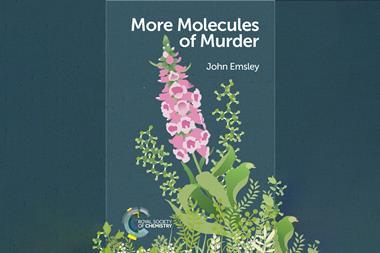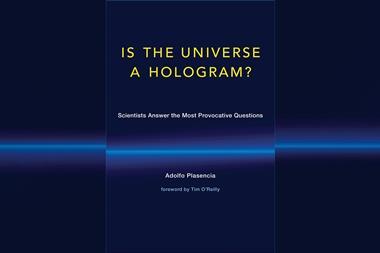Steven Farmer
Wiley-Blackwell
2017 | 364pp | £44.50
ISBN 9781119265269
Buy this book from Amazon.co.uk

Ever wondered why minty things like toothpaste and chewing gum make your mouth feel cold? Why old books smell so good? Or why crack cocaine is quite so addictive?
Strange chemistry answers all of these questions and more, delving into the science behind aspects of life that we rarely stop to question.
The book is a collection of stories that organic chemist Steven Farmer uses to engage the students on his lecture courses, with a focus on slightly risqué and unusual topics that some educators might prefer to avoid. Drugs and poisons provide a substantial portion of the book’s content, although compounds found in everyday products like fizzy drinks and highlighter pens are also covered.
Most of the examples are genuinely fascinating, the science enriched with case studies and Farmer’s own humorous thoughts and anecdotes. However, the sheer number of compounds and chemical transformations does give the book a repetitive feel.
My main criticism of Strange chemistry is that it doesn’t seem to quite know who its audience is. The first chapter is an introduction for people who ‘do not know any chemistry’ – yet these people would undoubtedly struggle with much of the book’s content. At the same time those with a background in chemistry probably won’t need the frequent explanations of fundamental concepts that appear throughout the book.
Even the production feels confused – half popular science, half textbook: packed with entertaining stories with amusing chapter headings, but cluttered with figures and schemes. While I’m certain that most of the topics covered would enthuse budding chemists, I’m not sure how many teenagers would opt to spend north of £40 to read a book with such a primer-like feel.
Despite the fact that this book is subtitled ‘the stories your chemistry teacher wouldn’t tell you’, the people who would probably get the most out of Strange chemistry are teachers and lecturers. It would make an excellent resource for lesson planning, being crammed with short but detailed stories sure to help bring chemistry to life for younger students. But it’s a shame that it hasn’t been produced in a way that is likely to appeal to them directly.

















No comments yet